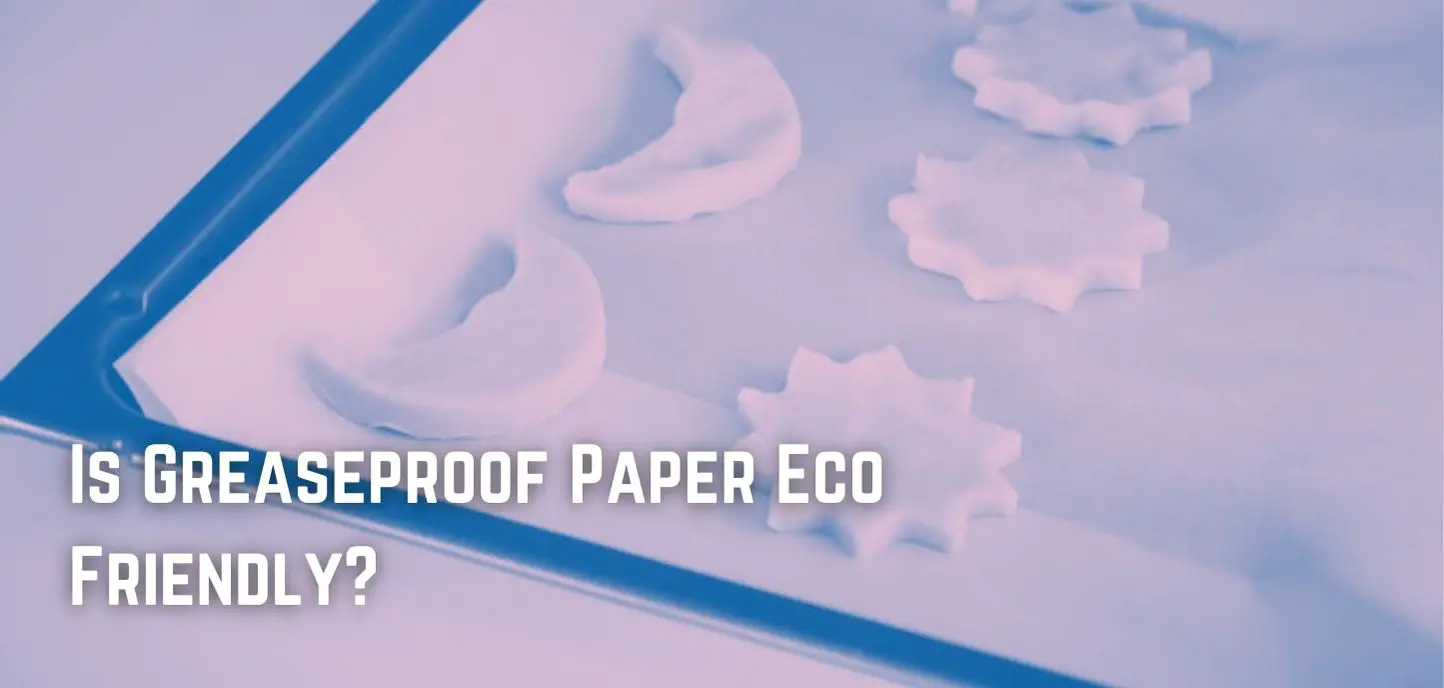Greaseproof paper, also known as wax paper, is a type of paper that is coated in a substance that makes it resistant to grease and oil. This makes it an ideal material for wrapping food items that are likely to become greasy, such as hamburgers and french fries.
Greaseproof paper is also often used in kitchens to line baking sheets and cake pans.
While greaseproof paper may seem like an environmentally friendly choice, there is some debate over whether or not it is actually better for the environment than other types of paper.
Concerns Regarding the Environmental Impact of Greaseproof Paper
Greaseproof paper often pales against its more environmentally-friendly counterparts, such as baking paper, due to some of its properties that contribute negatively to the environment.
Some people argue that greaseproof paper is not eco-friendly because it is coated with synthetic wax, which can be harmful to the environment.
However, many of the waxes used in it are made from plant-based materials, such as soybeans or palm kernels. These types of waxes are much less likely to harm the environment than synthetic waxes and help improve the eco-friendliness of greaseproof paper.

Another concern about this type of paper is that it is often treated with chemicals, such as bleaches and dyes. These chemicals can pollute waterways and damage ecosystems.
However, there are some brands of greaseproof paper that are made without any chemicals. These brands use a natural coating, such as beeswax to make the paper resistant to grease and oil.
So, is greaseproof paper eco-friendly? The answer depends on the brand you choose. Most greaseproof papers are made from materials that are not biodegradable, so they cannot be recycled. But if you opt for an eco-friendly, sustainable brand that uses plant-based waxes and does not use any chemicals, then it can be, to some extent, made environmentally friendly.
How bad is greaseproof paper for the environment?
While greaseproof paper may not be the most eco-friendly option, it is important to remember that it is not the worst offender when it comes to environmental damage.
There are many other products and materials that are much more harmful to the environment than greaseproof paper. Greaseproof paper can only be harmful to the environment if it is not produced and disposed of responsibly.
Generally, greaseproof paper can have the following environmental impacts:
-Energy use: Greaseproof paper is produced using energy from fossil fuels. However, the amount of energy used is relatively low, which means that greaseproof paper is not a major contributor to climate change.

-Water use: Greaseproof paper production can require large amounts of water, which can have an impact on local water resources. However, the amount of water used in greaseproof paper production is generally low when compared to other industrial processes, and most of this water is returned to the environment.
-Waste: Greaseproof paper production can generate waste, including solid and liquid waste. However, this waste can be treated and disposed of safely if proper facilities are available. Not disposing of greaseproof paper after use also creates waste as it cannot be recycled.
-Chemical use: Some brands of greaseproof paper are treated with chemicals, such as bleaches and dyes. These chemicals can pollute waterways and damage ecosystems.
-Greenhouse gas emissions: The production of greaseproof paper can produce greenhouse gases, such as carbon dioxide and methane.
Production of greaseproof paper can be made eco-friendly if the right steps are taken. For example, using recycled paper or certified sustainable forestry practices can help reduce the environmental impact of greaseproof paper production.
Can greaseproof paper be composted?
Greaseproof paper is often mistaken for being compostable, but this is not the case. It is made out of a synthetic material that cannot be broken down by bacteria or composting worms in a compost bin. In fact, when grease-proof paper is composted, it can release harmful chemicals into the environment, which can damage ecosystems.
What is greaseproof paper made of?
Greaseproof paper is made from a variety of materials, but the most common are polyethylene and silicone. These materials make the paper resistant to grease and oil. Other materials used in the production of greaseproof paper include cellulose, clay, and aluminum.
Baking Paper: An environmentally friendly alternative to greaseproof paper
Baking paper is a better option than greaseproof paper when it comes to environmental friendliness. It is made from natural materials, such as wood pulp, and is often recyclable and compostable. In addition, it does not contain any toxins that can harm the environment.

A baking paper is obviously the better option as it serves the same purpose without the negative environmental impacts.





